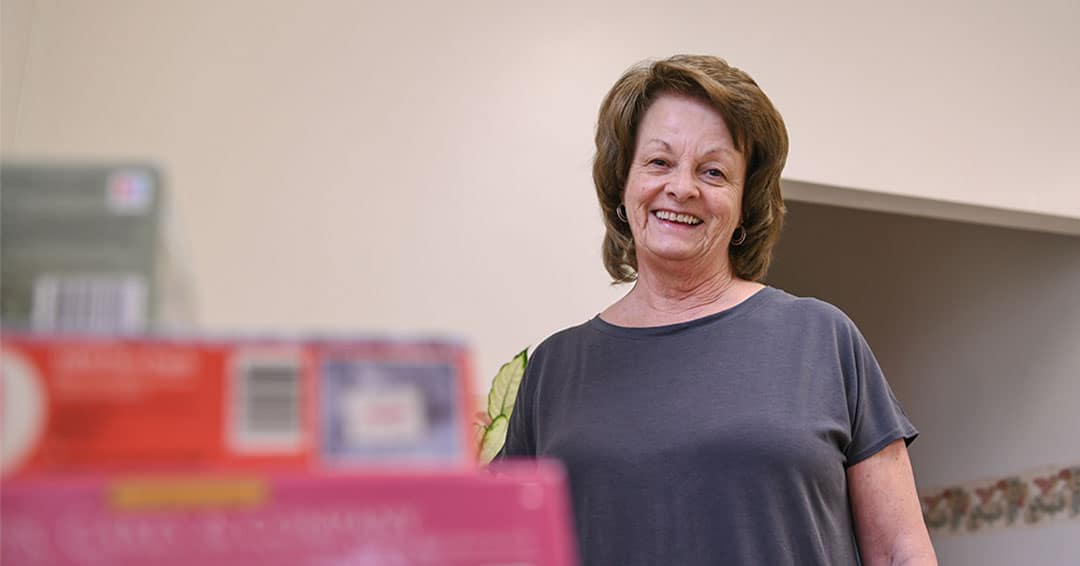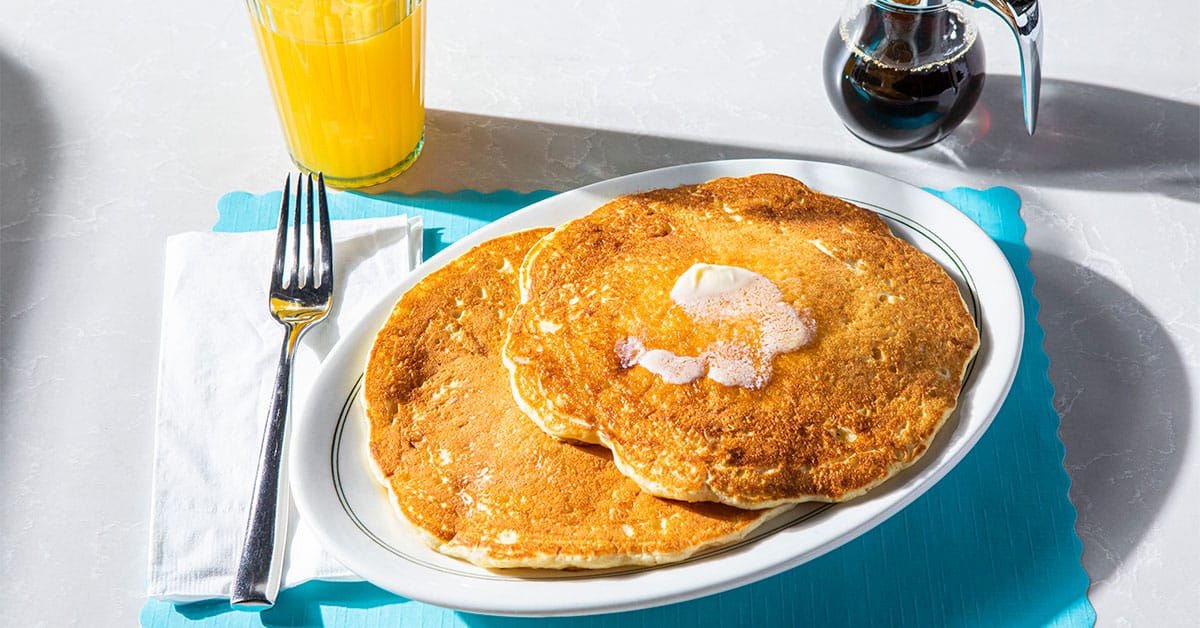;
;
;
Next Article
Booking on funds for Ukrainian relief

The Palace Diner first went into service in the town of Biddeford, Maine, in 1927 and has been serving breakfast and lunch ever since. This tiny restaurant (it has just 15 seats!) is an example of a “dining car” diner. Dining cars were small restaurants built to look like train cars. They became hug
Last updated on May 03, 23
Posted on Apr 28, 22
3 min read
